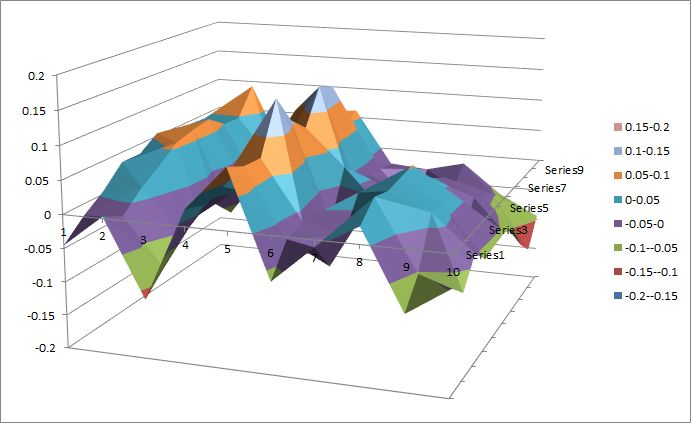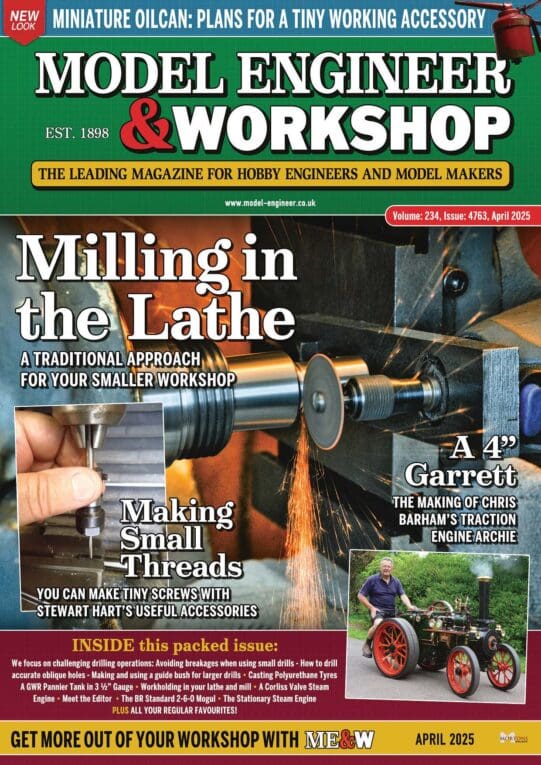Posted by Joseph Noci 1 on 02/05/2020 20:28:53:
Thanks Neil –
Yes, I did read that you did manual leveling, but I assumed that was to get the table leveled to within 'nominal', and that the printers firmware did autoleveling by default. Most of what I find on internet seems to imply autoleveling is built in to almost all printer firmware these days.
Its interesting that you do not do this – implies that either your manual leveling is very good, or its not that critical?
I wonder what sort of error is acceptable without autoleveling.
Nice on the telescope. Dug around on Utube looking at how the chaps grind the glass for those mirrors – quite amazing stuff. Not something I could ever consider here – No glass, no silvering cabability, etc..
An 18inch mirror must weigh quite a bit! Clever use of the drum shells! I like that..
Joe
Joe,
I can never forgive you! You've made me paranoid about my levelling!
That I said the limit on levelling is the flatness of my sheet of borosilicate glass which has a turned-up corner.
This is compounded by flexibility in the heater PCB and even in the aluminium carriage underneath.
After spending a couple of hours fiddling I've ended up putting the build plate through the dishwasher (too lazy to scrub the old PVA off by hand). Checked everything with a straight edge (a rather depressing experience).
I've put it convex side down with the best corner at 'home', also turned 90 degrees (it's 200 x215mm to fit between the levelling screws on Y rather than X axis) so now it homes over the glass.
Spent ages working from back left (fixed position) then back right (adjust x-carriage symmetry).
Then front right (adjustable) and finally front left (home position, adjustable).
The problem is that as you measure some way in from each point and you also need to refine the Z-position it's recursive process, but using a clean build plate makes this a little easier.
Finally, I've recoated with PVA and will print some large circles to check the levelling.
Of course, once it all warms up the levelling will go out a bit and I'll have to start again, but I'll use the quality around the ring's skirt as the test.
I've also been googling borosilicate build plates. They all claim to be 'perfectly flat' but I'm pretty sure the one I have now did as well…
 Neil Wyatt.
Neil Wyatt.





